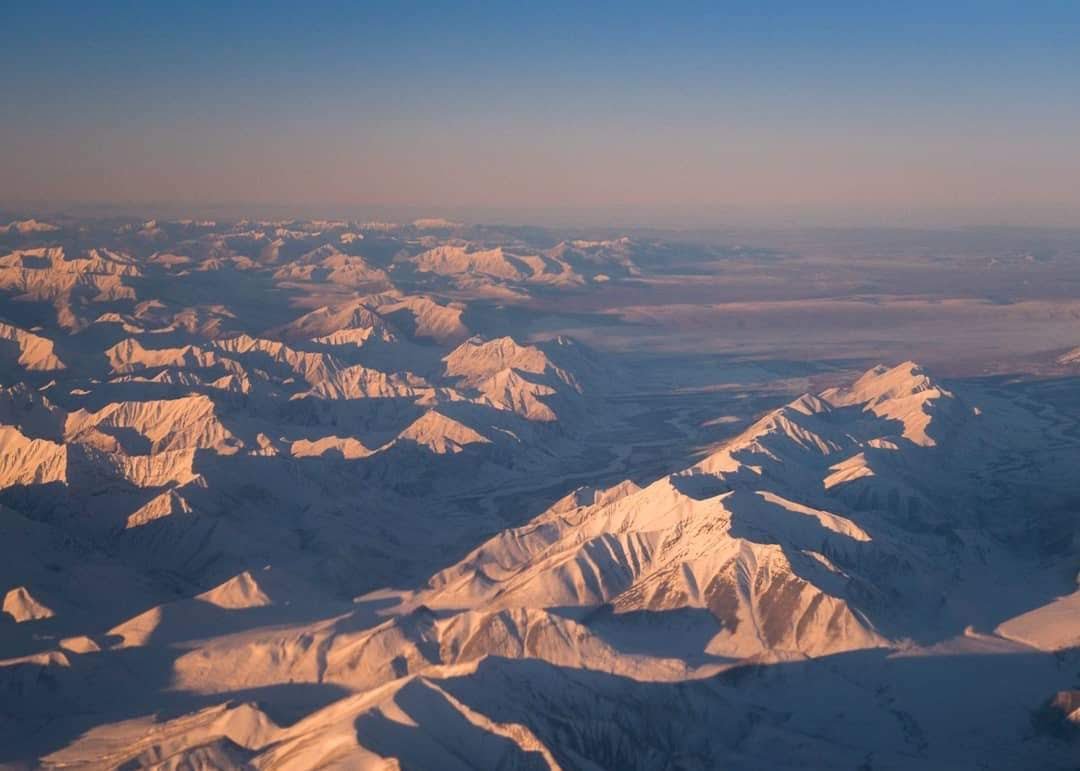Arctic National Wildlife Refuge (ANWR) 📸 @isaccoemiliani - ANWR has made its way back in the news as oil and gas exploration is moving forward in the area. This is a complicated issue, but I want to give some very abbreviated background here for you all. When we talk about drilling in ANWR, we are talking about the 1002 area on the north slope. This is traditional Inupiat Land and falls within the Arctic Slope Regional Corporation (ASRC), one of the 13 Native corporations held by Alaska’s indigenous people in exchange for their aboriginal claims to the land as a settlement under the Alaska Native Claims Settlement Act of 1971. As shareholders of ASRC, the Inupiat rely on gas and oil leasing for their livelihood and many, although definitely not all, support oil and gas in ANWR for this reason. The Gwich’in people live to the south and are shareholders in Doyon Ltd., a Native corporation that will see little of the profits coming out of ANWR. However, many Gwich’in communities rely on the Porcupine Caribou herd which migrates through area 1002 of ANWR and fear that the herd and their livelihoods may be impacted by extraction. Many Gwich’in people, but not all, oppose gas and oil exploration in ANWR for this reason. Many people in both communities oppose it because of a myriad of environmental reasons and the fear that the interests of the Native corporations are not taking into account the concerns of local communities.
What I’m trying to say is that for local Native communities, this is a complicated issue on many levels. However, one way it is not complicated is the way is shows the meaninglessness of the Wildlife Refuge status. Bears Ears with its removed and then restored National Monument status is another example of this. Conservation based land designations are only valid until state or corporate interests decide they are needed for any other reason - usually economic development or defense. ANWR shows once again that we cannot rely on the government for permanent protection of the environment.


